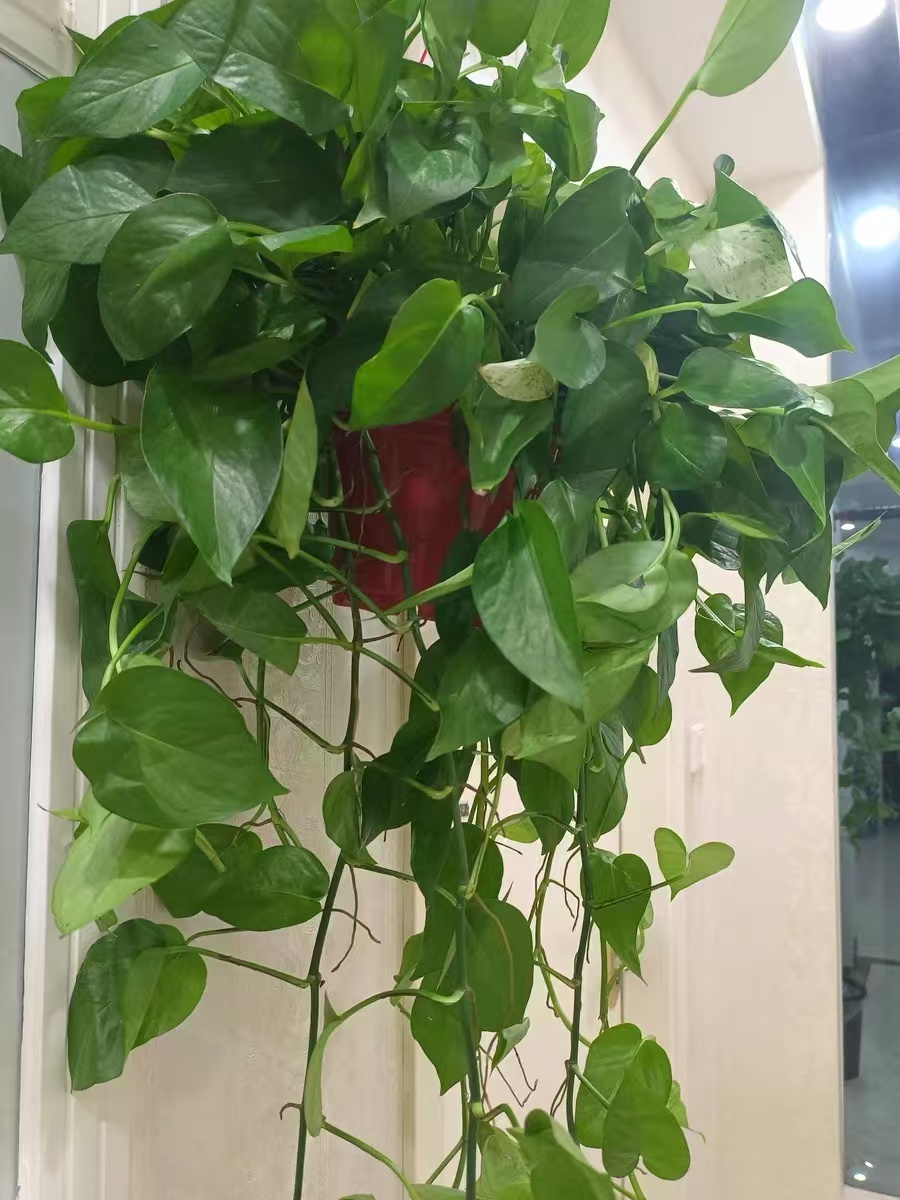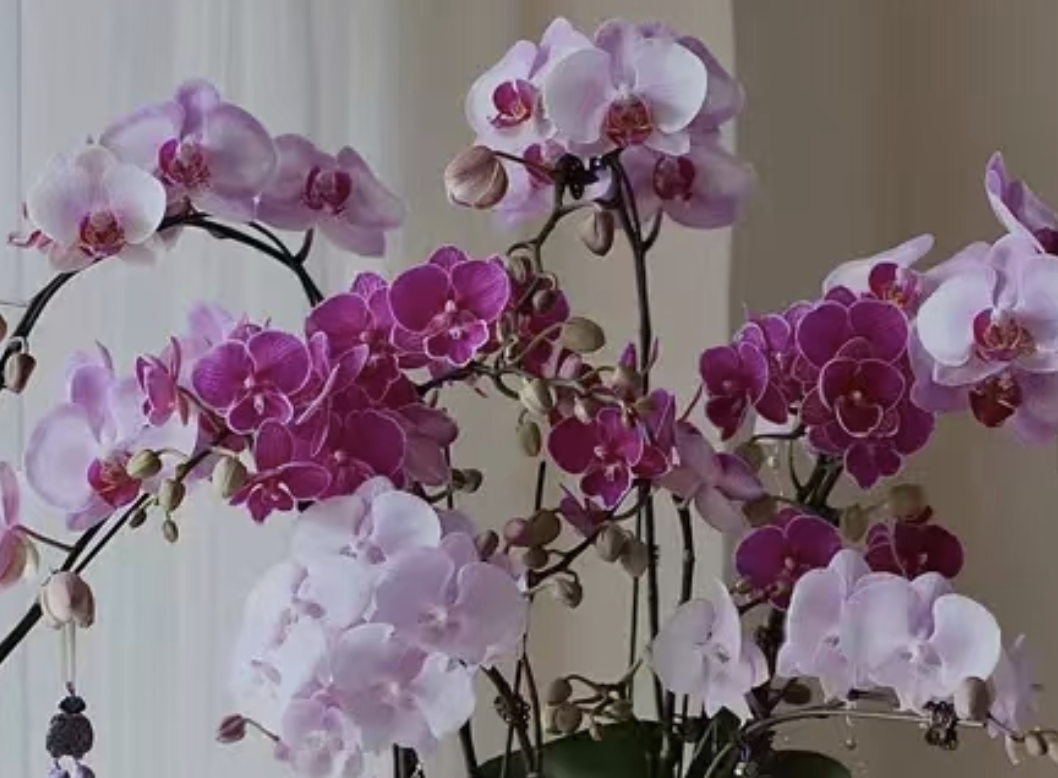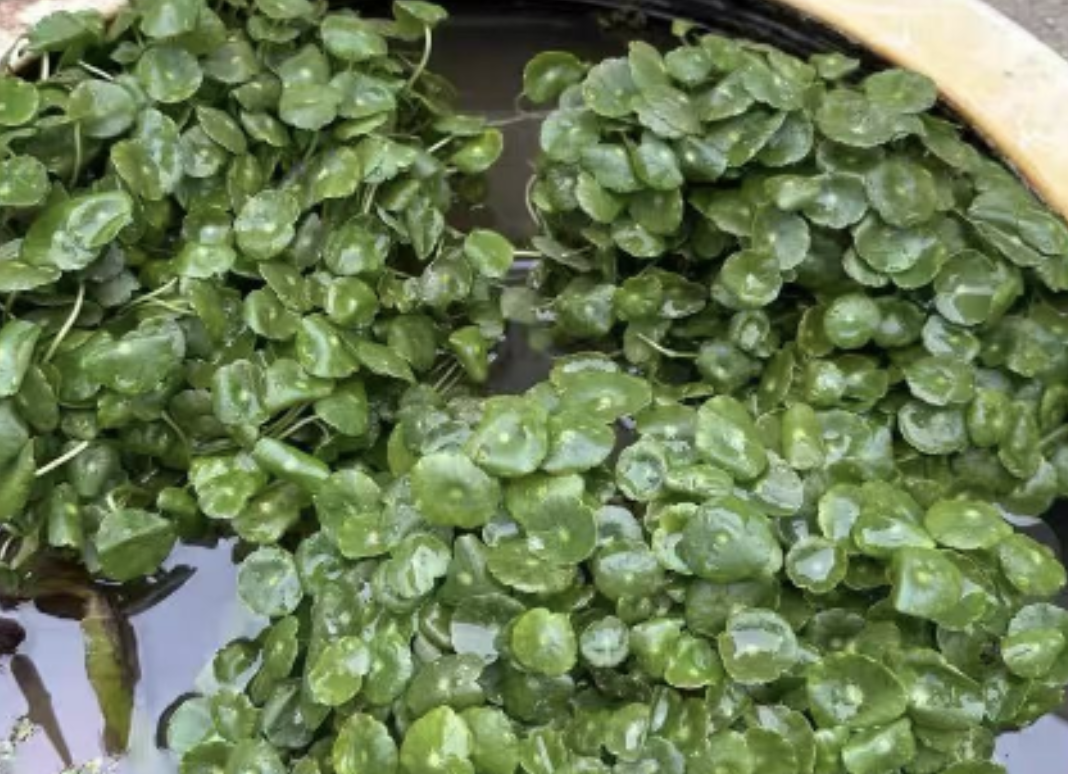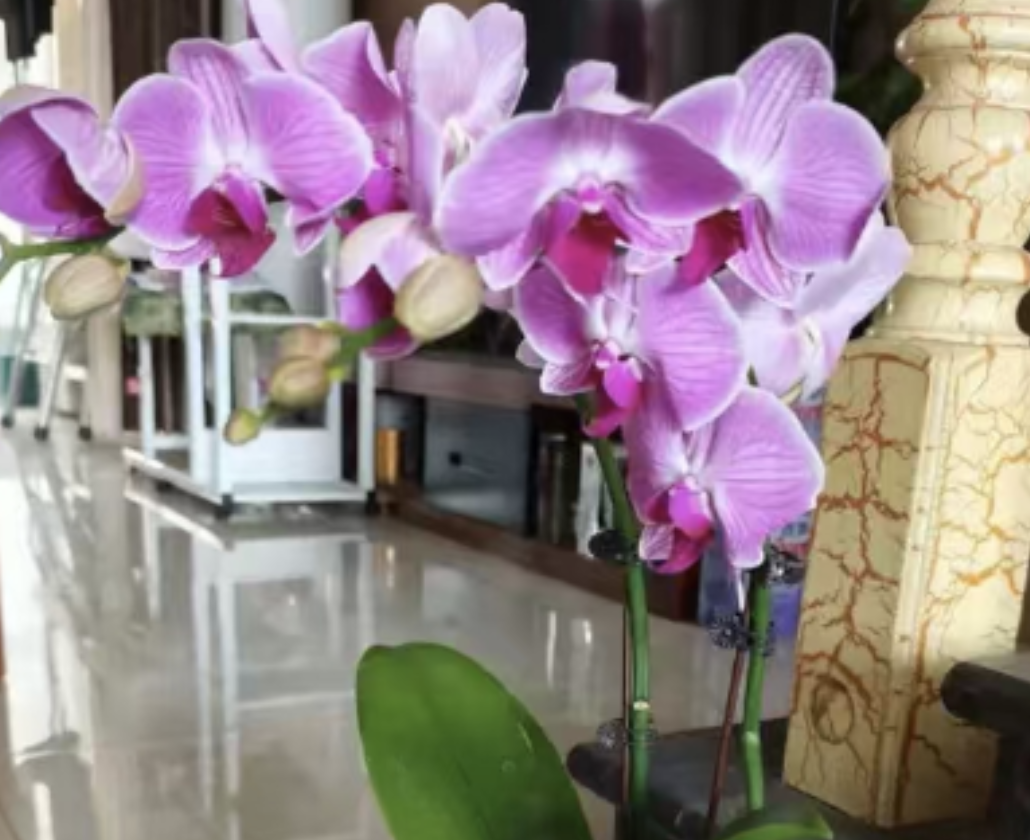In the north, the balcony, as a small world of home gardening, is the longing for a green life for many people. However, limited by natural conditions such as climate and sunlight, growing flowers on balconies often faces many challenges. This article will reveal the four common traps in balcony planting in the north and select four easy-to-grow flower varieties to help you easily create a balcony garden.
Four Traps in Balcony Planting in the North
Trap 1: Blindly following trends in choosing varieties
In the north, winters are cold and dry, while summers may be hot and windy. Different flowers have huge differences in adaptability to the environment. Blindly following the trend to choose popular flowers often ignores whether they are suitable for the local climate, leading to planting failures.
Advice to avoid pitfalls: Choose flower varieties that are cold-resistant, drought-resistant, and have strong adaptability, such as succulent plants and perennial flowers.
Trap 2: Ignoring lighting conditions
The lighting conditions of balconies vary depending on the orientation, floor height, and obstruction by surrounding buildings. Insufficient or excessive lighting will affect the growth and flowering of flowers.
Advice to avoid pitfalls: According to the lighting conditions of the balcony, choose flowers that meet the lighting requirements. For example, south-facing balconies have sufficient sunlight and can choose sun-loving flowers; north-facing balconies are more suitable for shade-tolerant plants.
Trap 3: Improper watering
In balcony planting in the north, watering is a technical task. Excessive water can easily lead to root rot, while too little water will affect growth. In addition, the air in the north is dry and water evaporates quickly, so it is even more necessary to accurately grasp the watering timing and amount.
Advice to avoid pitfalls: Adopt the watering principle of "water when dry and wet thoroughly", that is, water when the surface of the potting soil is dry, and water thoroughly at one time. At the same time, you can judge whether watering is needed by observing the state of plant leaves and soil humidity.
Trap 4: Excessive fertilization
Fertilizer is a necessity for flower growth, but excessive fertilization will cause problems such as root burning and excessive growth of plants, and even trigger pests and diseases.
Advice to avoid pitfalls: Follow the principle of "thin fertilizer applied frequently", that is, the amount of fertilizer applied each time should be small, but the frequency should be high. Adjust the amount of fertilizer according to the growth cycle and seasonal changes of flowers and avoid fertilizing during the dormant period.
Selected Four Easy-to-Grow Flower Varieties
Succulent plants
Succulent plants, with their unique forms and drought tolerance, have become the darlings of northern balconies. They have low requirements for water and fertilizer and are strong in adaptability, suitable for beginners to try.
Recommended varieties: Haworthia cooperi, Cotyledon tomentosa, Echeveria chihuahuaensis, etc.
Spider plant
The spider plant not only has high ornamental value but also can purify the air and is a good helper for balcony greening. It is shade-tolerant, cold-resistant, and drought-resistant, suitable for planting on balconies with insufficient sunlight.
Maintenance points: Keep the potting soil slightly moist and avoid water accumulation; regularly trim dead leaves to keep the plant beautiful.
Chrysanthemum
Chrysanthemum is a representative flower in autumn. There are many varieties and rich colors. It is cold-resistant and suitable for planting on northern balconies. In addition, chrysanthemums also have certain medicinal value.
Maintenance points: Autumn is the peak growing season for chrysanthemums, so fertilizer and water management needs to be strengthened; pay attention to cold protection and warmth preservation in winter.
Lavender
Lavender, although it is native to the Mediterranean region, can also grow well on northern balconies after domestication.
Maintenance points: Lavender likes an environment with sufficient sunlight and good ventilation; do not water too much to avoid root rot; regularly trim branches to promote branching and flowering.
Although balcony planting in the north is challenging, as long as you master the correct planting methods and techniques, you can easily avoid traps and enjoy the fun of green life. I hope this article can provide useful references and help for your balcony planting journey.
How to Avoid Four Flower Traps on Northern Balconies?

Share with
Tagged in :




Leave a Reply